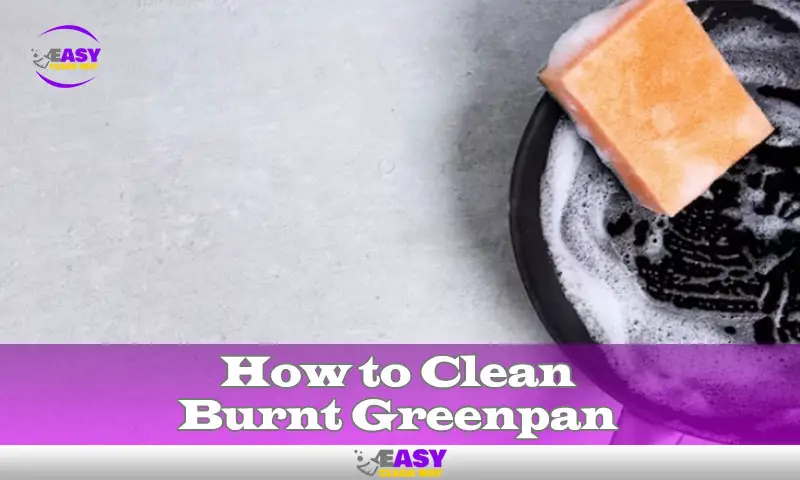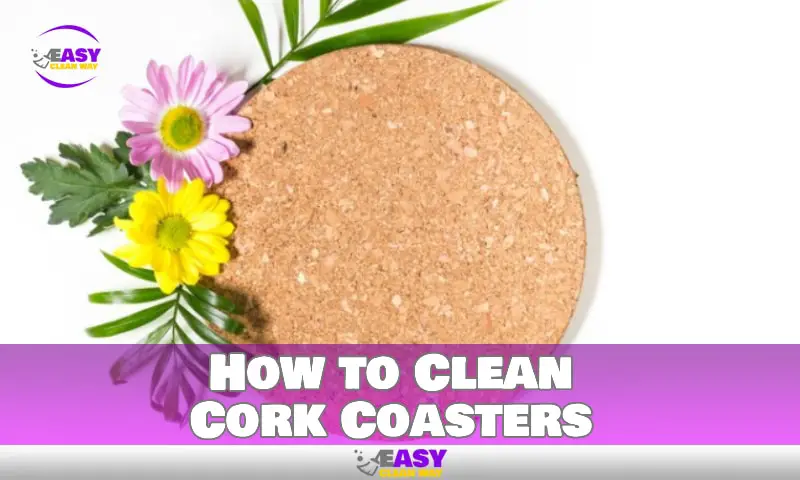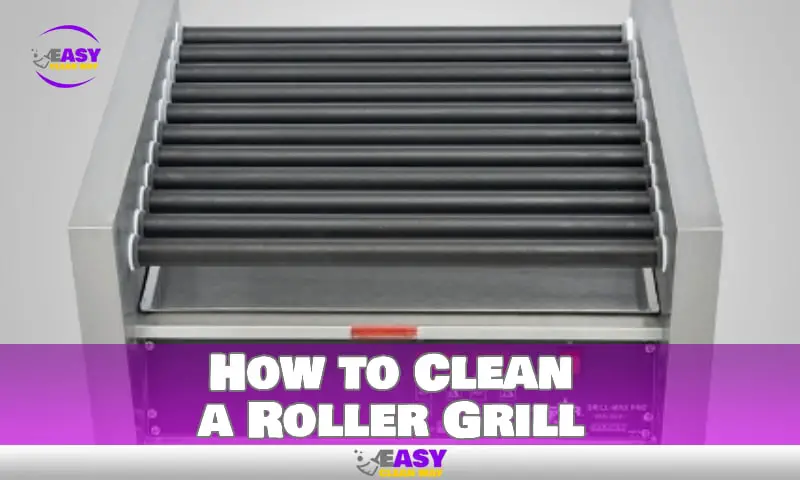If you’re the proud owner of a kerosene heater, you know that keeping it clean and well-maintained is key to enjoying a safe and efficient heating experience. But for those new to kerosene heaters, taking on the task of cleaning one can seem incredibly intimidating.
Fortunately, we’re here to arm you with the knowledge you need to clean your kerosene heater like a pro. We’ll cover all the essential steps from assessing your model’s specific needs, to preparing and executing the most effective cleaning routine possible.
We’ll also fill you in on tips and tricks that make the process faster and more efficient so you can take good care of your favorite kerosene heater without having to sacrifice an entire day or two! So what are we waiting for? Let’s learn how to clean a kerosene heater right!
Basics of Kerosene Heater Cleaning
Cleaning your kerosene heater may seem intimidating, but it doesn’t have to be. Taking proper care of your heater is key to making sure it operates safely and efficiently. That’s why it’s important to understand the basics of cleaning your kerosene heater.
First, you’ll want to clean the outside of your heater with a mixture of ammonia and water, as ammonia is a great cleaning agent that won’t damage the surface of the heater. When you’re done, you can use a damp cloth to remove any dust or dirt on the outside.
Next, you’ll want to tackle the inside of the heater by cleaning its wick. A good way to do this is by using wood alcohol as a cleaning agent and letting it sit for 5-10 minutes before wiping off the residue with a soft cloth—but make sure that all flames are completely extinguished and your heater is cool before attempting this!
How to Remove the Burner Assembly for Cleaning
Cleaning a kerosene heater actually isn’t that difficult—but it must be done right! Before you start, make sure your heater is off and cool. Then, begin by removing the burner assembly—that’s the part that can accumulate soot and other flammable residue.
You’ll want to unscrew the four screws around the edges to remove the pan. To remove the wick holder, use two screwdrivers to rotate it in opposite directions. Take out any wicks that are loose and take note of their condition. If they are darkened or burned, you should replace them now or have them replaced by a professional service provider when inspecting your kerosene heater every year.
After removing the entire burner assembly and placing it separate from your kerosene heater, use a soft cloth with ammonia and water mix (1:1) when cleaning outside of your kerosene heater or common household cleaners like Windex for stainless steel surfaces. For burners coated with soot residue, soak them in a solution of warm soapy water for about 30 minutes before rinsing off in a sink with warm water.
How to Take Care of Wick and Air Filter Maintenance
To keep your kerosene heater running safely and efficiently, it’s essential to take care of wick and air filter maintenance.
Clean the fan filter once a month
Your kerosene heater’s fan filter needs to be cleaned once per month. Doing so can help you avoid a buildup of dust and debris, which will reduce the amount of air flow for the fan blades. To clean the fan filter, remove it from the body of the heater and wipe it down with a damp cloth.
Use kerosene to clean oil filter
The oil filter also needs regular cleaning—about twice a year or when you pour new fuel into your tank. Start by unscrewing the screws at the bottom of your kerosene tank and gently remove the fuel filter cover. Take out the old oil filter and use a kerosene-soaked cloth to remove any dirt or debris from inside. Then simply replace with a new one before reassembling your kerosene tank.
Clean wick with wood alcohol
The last maintenance must-do is cleaning your heater’s wick, which should be done twice each year or when you detect smoke coming from your kerosene heater’s burner center tube. To do this, you’ll want to carefully unscrew and remove any screws at the bottom of the burner center tube before you pull out the wick cylinder. Next, dip a cloth into wood alcohol or acetone and wipe away any soot from its surface before allowing it to dry thoroughly—and don’t forget to replace it back in its rightful place before securely screwing everything back together again!
Step-by-Step Tips on How to Clean a Kerosene Heater Safely
Now that you are aware of the necessary safety precautions, let’s get to the part where you actually tackle the cleaning. Here are the step-by-step tips on how to clean a kerosene heater safely:
Cleaning the Outside
When it comes to cleaning the exterior of your kerosene heater, use a mixture of ammonia and water or common non-flammable household cleaners. Avoid abrasive scrubbing; be gentle when rubbing off dirt and grime.
Cleaning the Glass Mantle or Panel (Radiant Heaters)
If your kerosene heater has a glass mantle or panel, you’ll need to take this off first—start by unplugging or disconnecting from power source. You can then wipe off dust and dirt with a dry cloth and then move on to cleaning with soapy water.
Emptying the Tank & Preparing the Electric Cord
You must also empty out any remaining fuel in the tank (it’s important not to leave any residue in there), prepare electric cord for storage, empty cartridge tank and make sure fan filter is clean before you store your kerosene heater away.
Once everything is done, it’s time to sit back and appreciate a job well done! Congratulations!
What to Do With the Kerosene Residue Left Behind?
The cleaning process isn’t complete until you finish up with the kerosene residue left behind. To do this, use a solution of one tablespoon of TSP and one gallon of water to remove the soot from walls and ceilings. TSP (trisodium phosphate) is a non-toxic cleaning agent that is likely already in your house, and it will dissolve any soot stuck on your walls or ceiling.
Make sure to clean any dirt out of the heater with a paper towel and clean kerosene before re-filling your tank. You can also use a vacuum for those hard-to-reach places, but do not use soap, detergent, or water to clean a kerosene heater. Soap and detergents will cause problems with caked on grime, and can also damage the parts inside the heater.
Finally, rinse off any surfaces you may have used to clean the heater with lukewarm water to make sure any remnants of TSP are completely gone before storing your kerosene heater for later use.
Common Mistakes to Avoid While Cleaning a Kerosene Heater
It’s important to pay attention to the small details when cleaning a kerosene heater to make sure you can use it over and over again. To get smart on how to clean your kerosene heater the right way, here are some common mistakes you’ll want to avoid:
Not Emptying the Tank
It’s vital that you always empty the tank before you start cleaning and storage. This will help prevent oil stains or smells, as well as reduce the fire risk. There may be kerosene left in the tank, so place a few old towels or newspaper below your heater while draining it in a safe place.
Using Flammable Cleaners
It’s easy to forget, but it’s essential not to use any flammable cleaners on your kerosene heater—opt for non-flammable household cleaners instead. As an extra precaution, remember to keep any combustible material away from the area during cleaning, just in case.
Not Cleaning Your Wick Before Burning it Dry
Your wick needs a good clean every now and then to make sure your burner works optimally—this is achieved by removing the kerosene tank and using a brush or a wet cloth with baking soda or detergent and warm water (no hot water) on either side of the wick. Once cleaned, lay out paper towels and soak up all moisture before burning off any remaining fuel until dry.
People Also Like: How to Clean a Winchester 30 30 Lever Action
Conclusion
Whether you’re a seasoned kerosene heater user or just getting started, following the steps above will ensure your kerosene heater is kept in perfect working order. Taking the time to clean your heater on a regular basis will help keep it running efficiently and safely.
By properly cleaning and maintaining your kerosene heater, you can ensure that your heater is free of any debris or stuck parts, and that your kerosene is burning cleanly and efficiently. Just remember, when cleaning your kerosene heater, follow the instructions that came with it and always be sure to use the proper tools and safety gear. With a bit of TLC and a few minutes of your time, you can keep your kerosene heater running like new for many years to come.
Hey there! I’m Alton Smith, your Clean Expert blogger. I’m on a quest to help you conquer chaos and embrace the joys of a tidy life.





